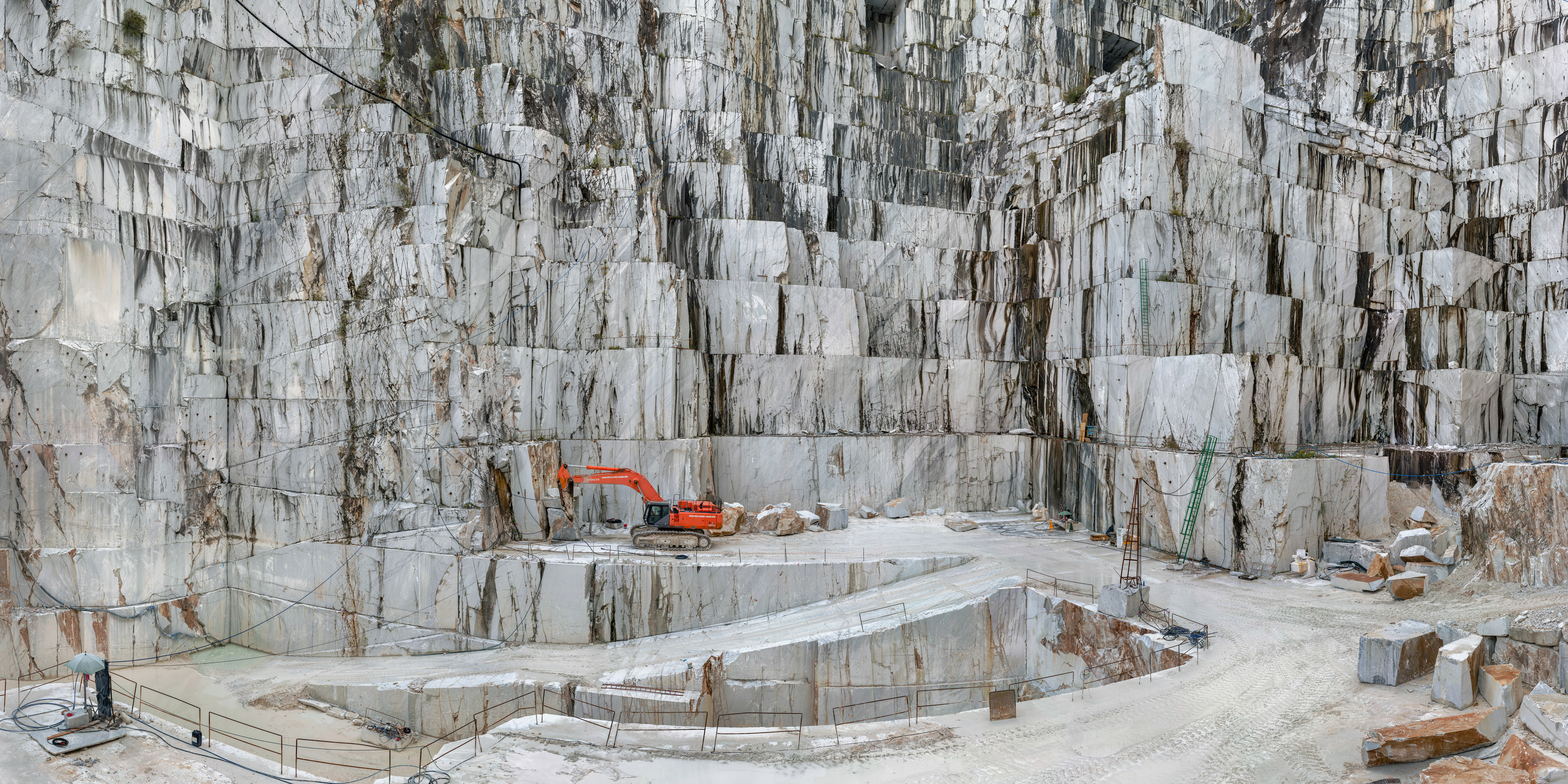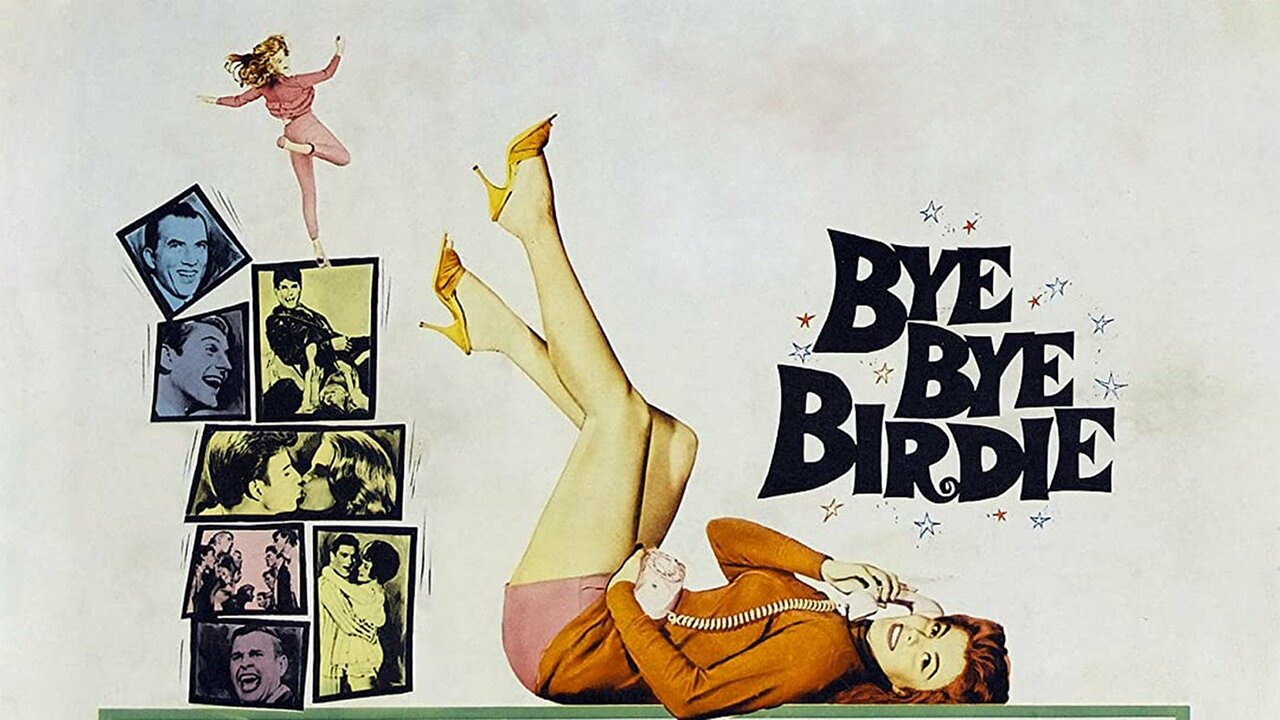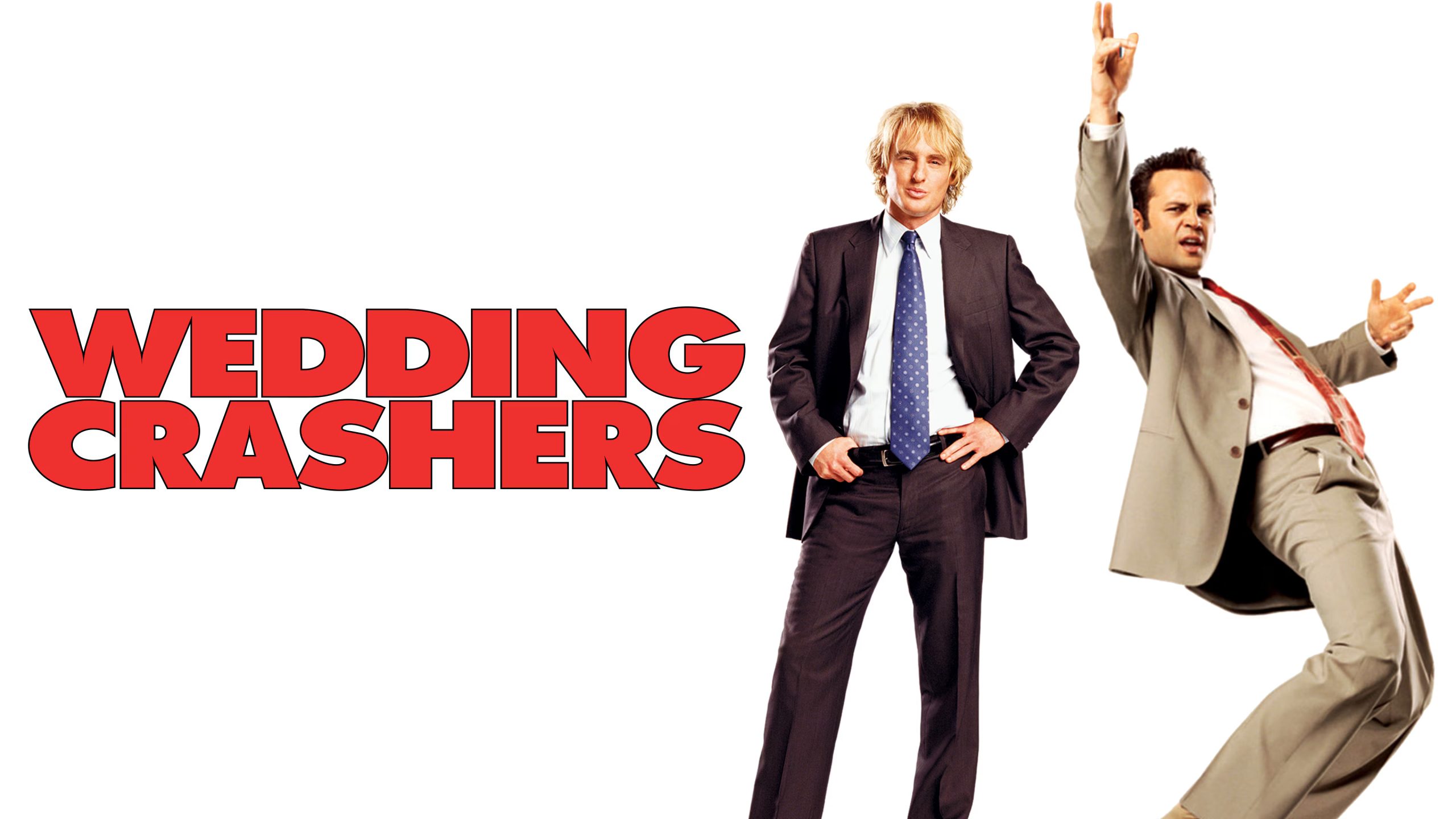
Anthropocene – The Human Epoch follows the Anthropocene Working Group in their mission to add this epoch to the Geological Time Scale.
The phrase was initially coined by Paul J. Crutzen and Eugene Stoermer in 2000 in their proposal for the current epoch. In 2009, the Subcommission on Quaternary Stratigraphy ordered the AWG–a collective–to look into whether or not this epoch is real. These people are experts in their field, be it climate and polar science, oceanography, ecology, archaeology, human history, and international law.
There is no denying that humans have led to what may very well be permanent change. We see this in the rising ocean temperatures. Even if there are those people who seemingly deny it, climate change is certainly real. We can feel its impact to this day.
There’s a lot that goes into this determination of whether or not the planet has moved into this new impact. This includes examining how we’ve terraformed land for agriculture, industries, and urbanizing cities. Honestly, we’ve performed so many changes to the land that it’s not even funny. This includes dams and the displacement of sediment, among others. Most importantly, it’s how carbon, nitrogen, and phosphorus are at their highest levels ever because of our actions.
There’s a lot of red tape when it comes to discussing any changes to the Geological Time Scale. The submission’s task force may be a start but the International Commission on Stratigraphy. The buck stops with them but this process is one that could very well last a while. After all, Rome wasn’t built in a day. This commission must debate the evidence and decide whether this epoch is real or they could reject the proposal. Nobody knows what will happen or when anything will happen.
What we do know for certain is that the current Geological Time Scale is the Holocene epoch. This epoch began some 12,000 years ago when the glaciers receded during the most recent ice age. Currently, there are two epochs that have been recorded in world history. The previous epoch is the Pleistocene epoch and together they form the Quaternary Period. The AWG makes the argument here that this new epoch began in the middle of the 20th century. This takes us back to a few years following the end of World War 2. This was a time when nuclear bomb tests were happening left and right.
Elizabeth Kolbert makes the argument in her Pulitzer Prize-winning book, The Sixth Extinction: An Unnatural History, that new geology textbooks will need to be written because they’ll be out of date. The book and film seemingly go hand in hand as the planet is on a path that could quite possibly end up in another mass extinction.
Jennifer Baichwal, Nicholas de Pencier, and Edward Burtynsky co-direct this film in a way that is educational for viewers. They travel to twenty countries in six continents to remind us of the current path. What Anthropocene – The Human Epoch leaves me wondering is whether or not humankind will be able to stave off the sixth extinction.
DIRECTORS: Jennifer Baichwal, Nicholas de Pencier, Edward Burtynsky
SCREENWRITER: Jennifer Baichwal
NARRATOR: Alicia Vikander





